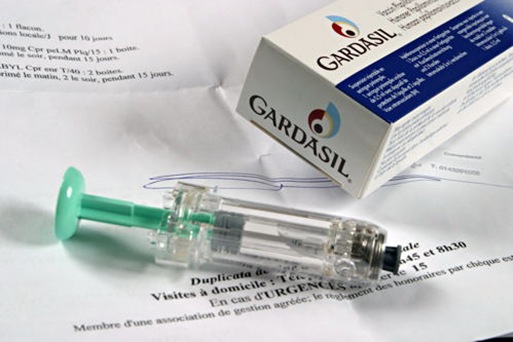
They discovered a new organ, which they had missed using standard ways of examining the body’s complex internal system. The new organ is called the interstitium. It is located under the skin’s top layer as well as in tissue layers around the gut, lungs, blood vessels, muscles, urinary systems, veins, and arteries. In other words, the interstitium is found all over the body and consists of a network of interconnected compartments filled with fluid and supported by a meshwork of collagen and elastin proteins.
Scientists used to think this new organ was just a group of dense, connective tissues. But they’re so much more than that. The interstitium is composed of shock absorbers that prevent tissues from tearing, as organs, muscles and blood vessels go about their work.
The scientists’ discovery that this layer is a highway of moving fluid could explain why cancer that invades the interstitum easily spreads throughout the body. The organ, which drains into the lymphatic system, contains lymph, the fluid which helps immune cells create inflammation.
Scientists have long known that more than half of our body fluids are found in the cells, and about a seventh live in the heart, blood vessels, lymph nodes, and lymph vessels. The remaining fluid is "interstitial," and the new study’s authors say their research is the first to identify it as an organ, one of the largest found in the body. They explain that previous research failed to identify the interstitium because medical practitioners examined fixed tissues. Scientists examining the tissues can’t study the fluids surrounding them because they are drained away in the process.

The NYU team gathered bile duct samples from 12 cancer surgeries. Before the operation, scientists made patients undergo a procedure that enabled the team to study images of the said persons’ live tissues. They discovered that removing the fluid as the slides were made caused the connective protein network surrounding once fluid-filled compartments to flatten, like floors of a collapsed building.
The study’s senior author, Dr. Neil Theise explained that this created a tissue filled with fluid in the body that appeared to be solid during a biopsy. Because of this, the researchers are convinced the interstitial fluid can hold the key to detecting cancer someday.
Doctors depend on technology
His team based their findings on a recent technology called probe-based confocal laser endomicroscopy. It combined the camera-toting probe into the body with a laser that lights up tissues and sensors that study fluorescent patterns. Through this technology, the study’s co-authors, Dr. David Carr-Locke and Petros Benias, saw a series of connected cavities in the submucosal tissues that did not look like any known part of the body. The researchers later found out that what they dismissed as tears in the tissue, comprised the leftovers of previously fluid-filled compartments. Once the team identified this new space in images of bile ducts, they were able to pinpoint it throughout the body.
For now, doctors diagnose cancer through a battery of tests and procedures that determine whether a suspicious growth in the body is benign or malignant. These include imaging procedures like CT (computed tomography) scans, nuclear scans, ultrasound, MRI (Magnetic Resonance Imaging), PET (Positron Emission Tomography) scans, and X-rays.
Doctors also require a biopsy, where they take a sample of body tissue and analyze it. But these tests can have negative effects that build up over time, like cancer and DNA damage.
Hopefully, the discovery of interstitium will pave the way for a better, safer way to detect cancer, prevent the dreaded disease, and prolong a patient's life.
Sources include:
Please contact us for more information.






















